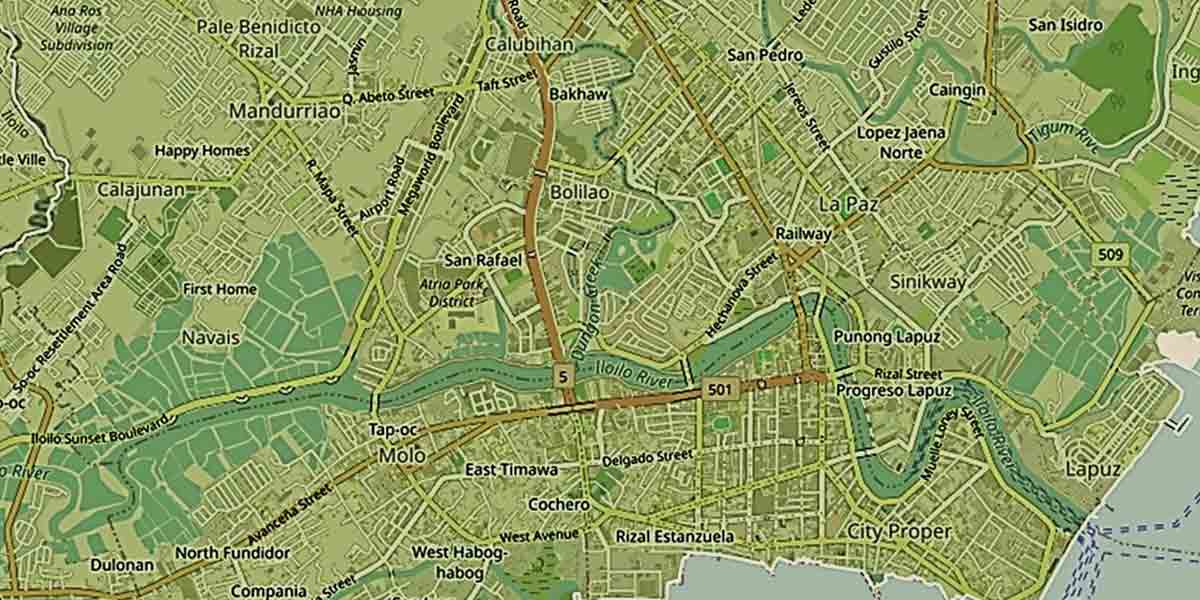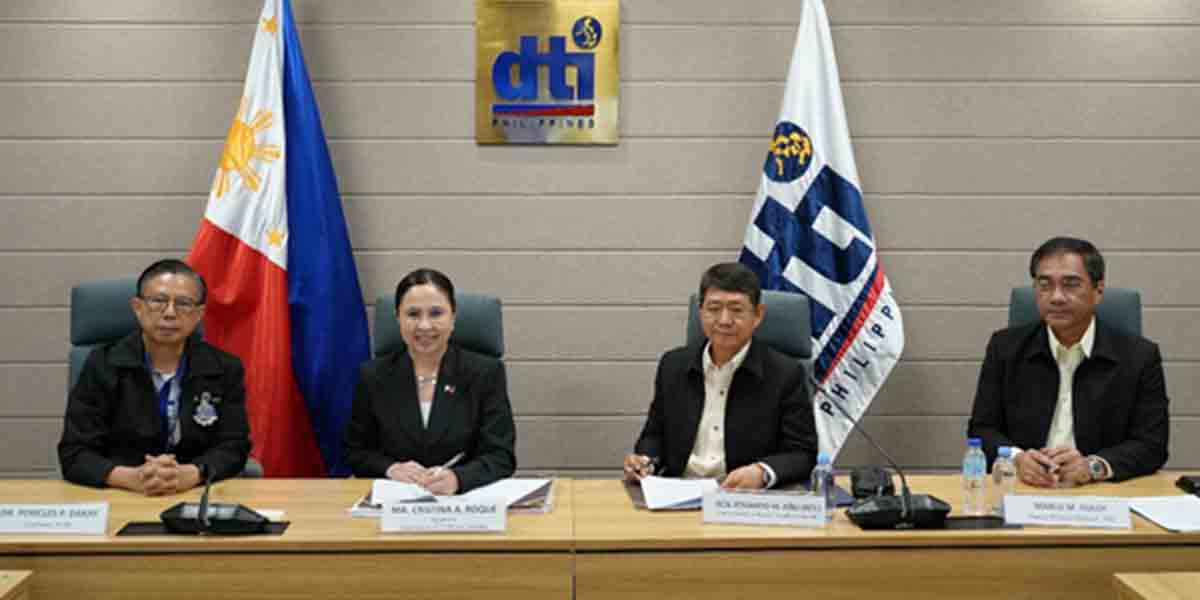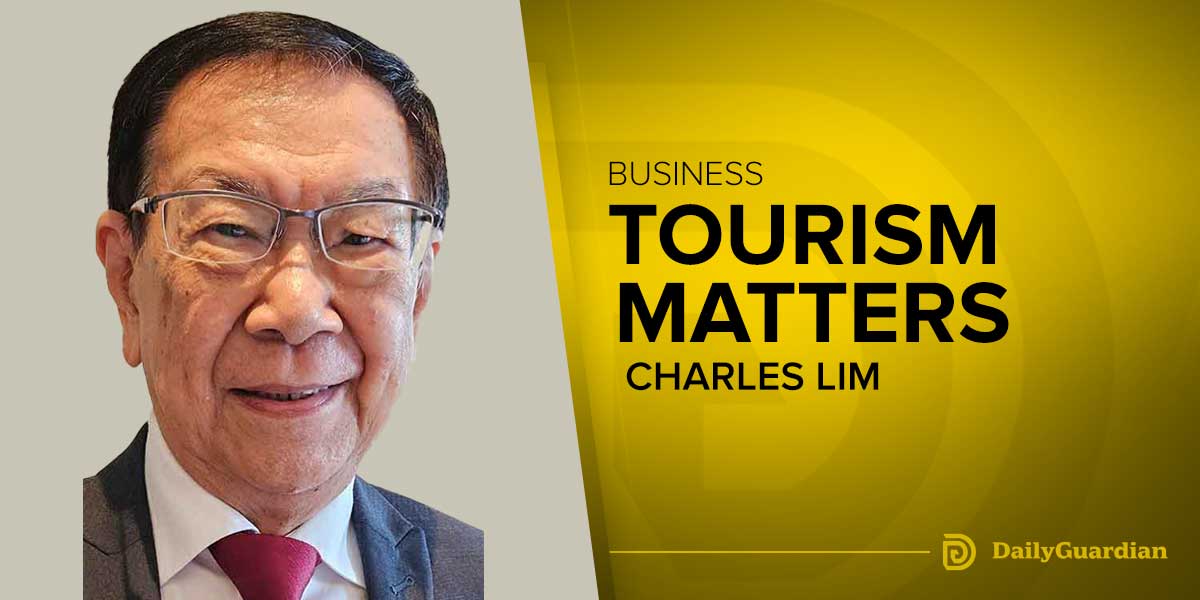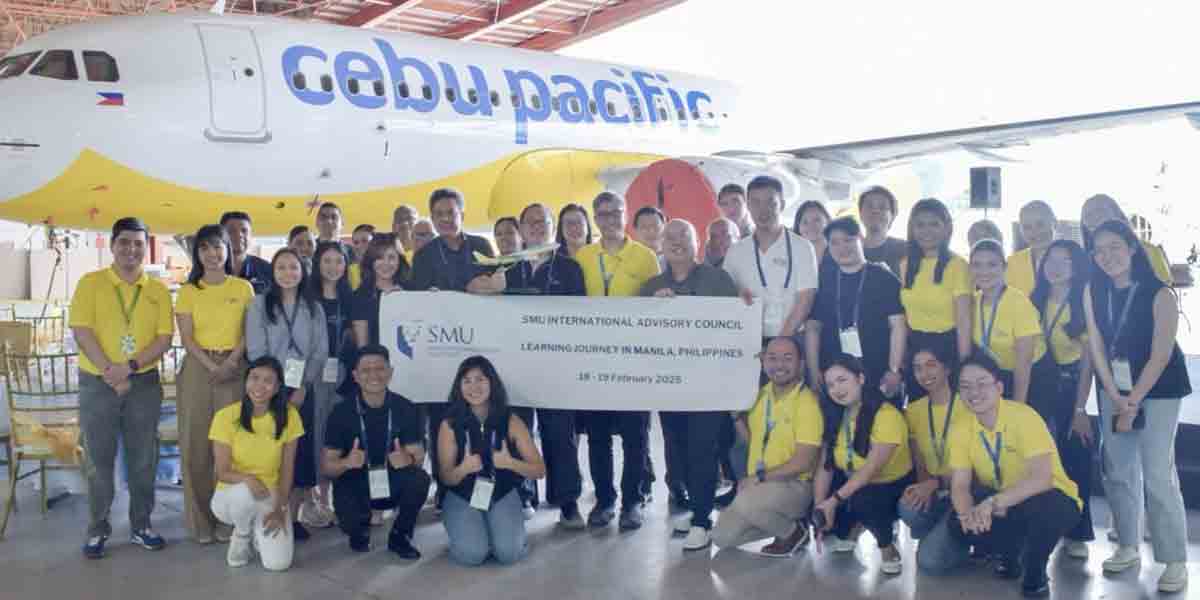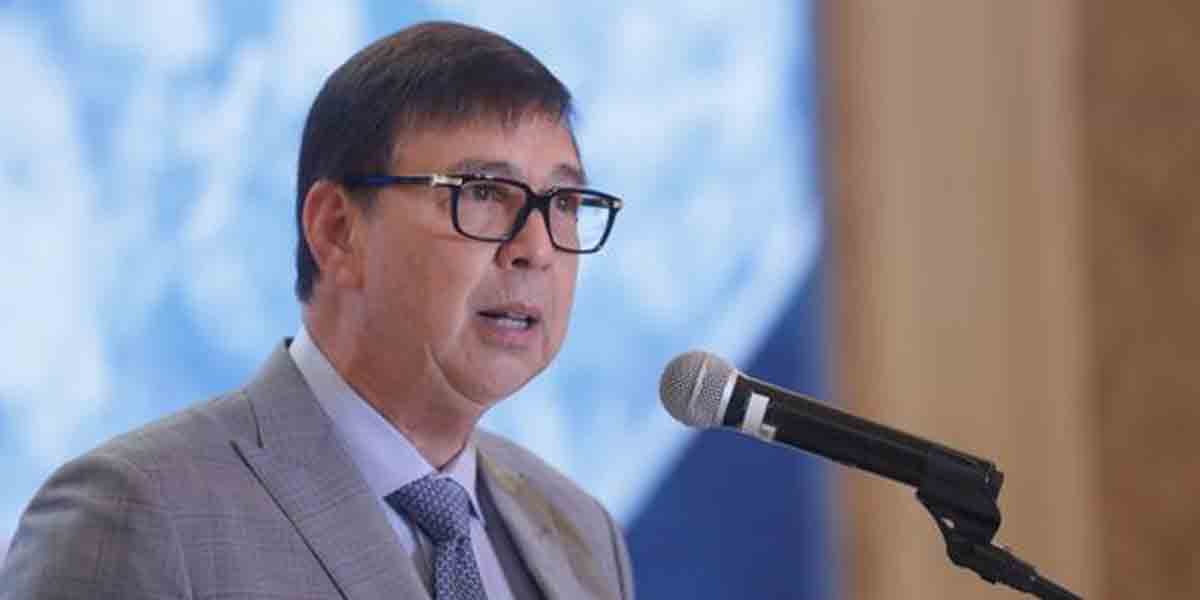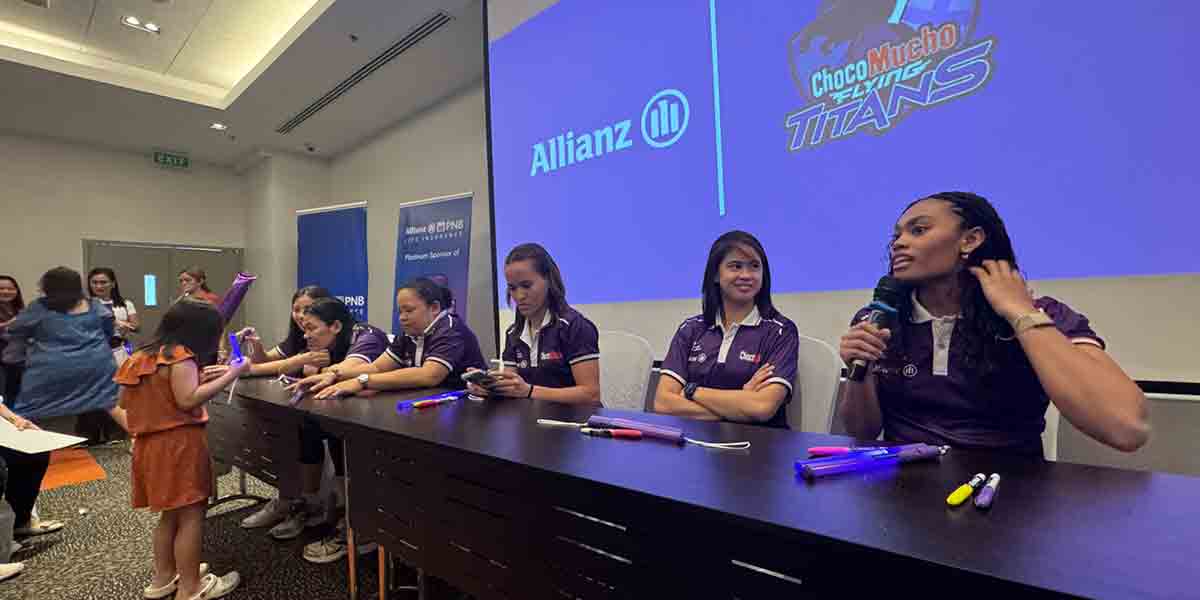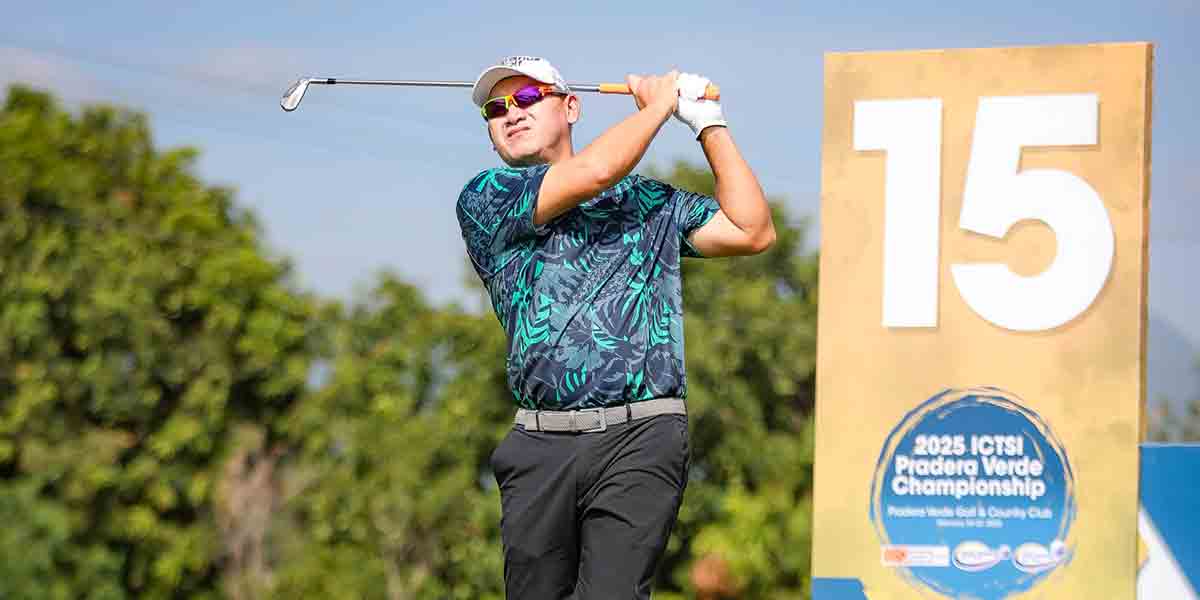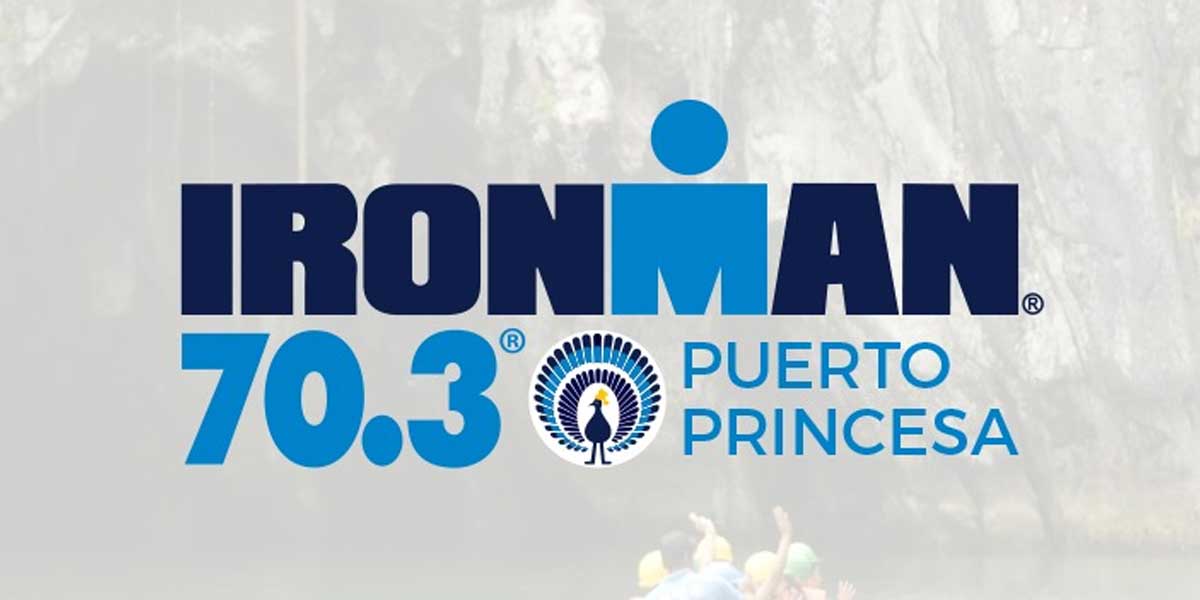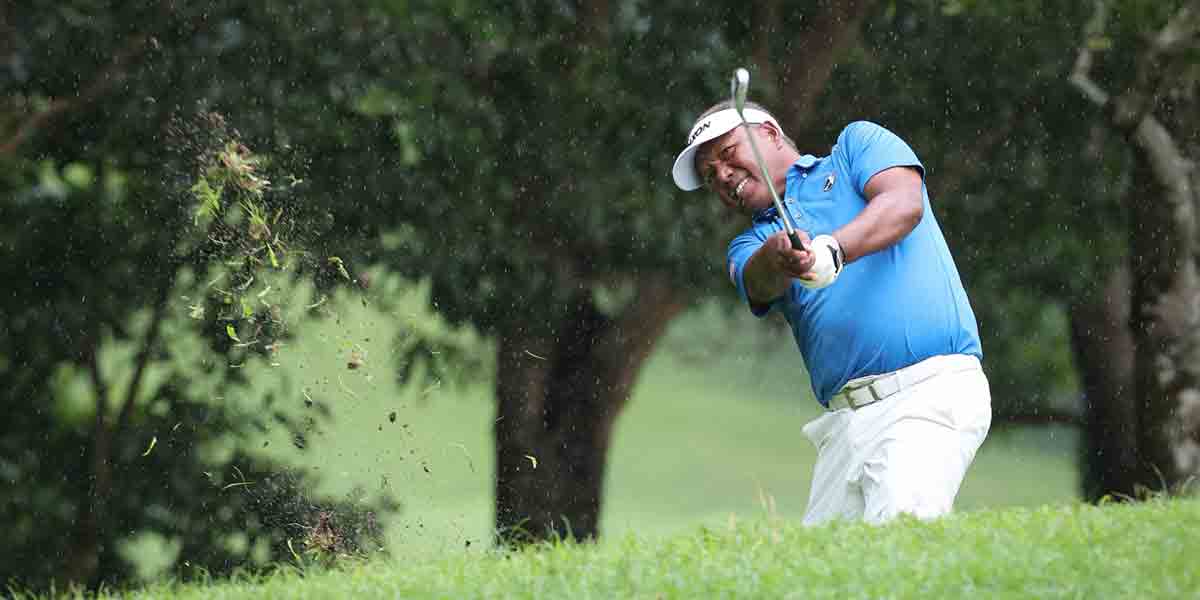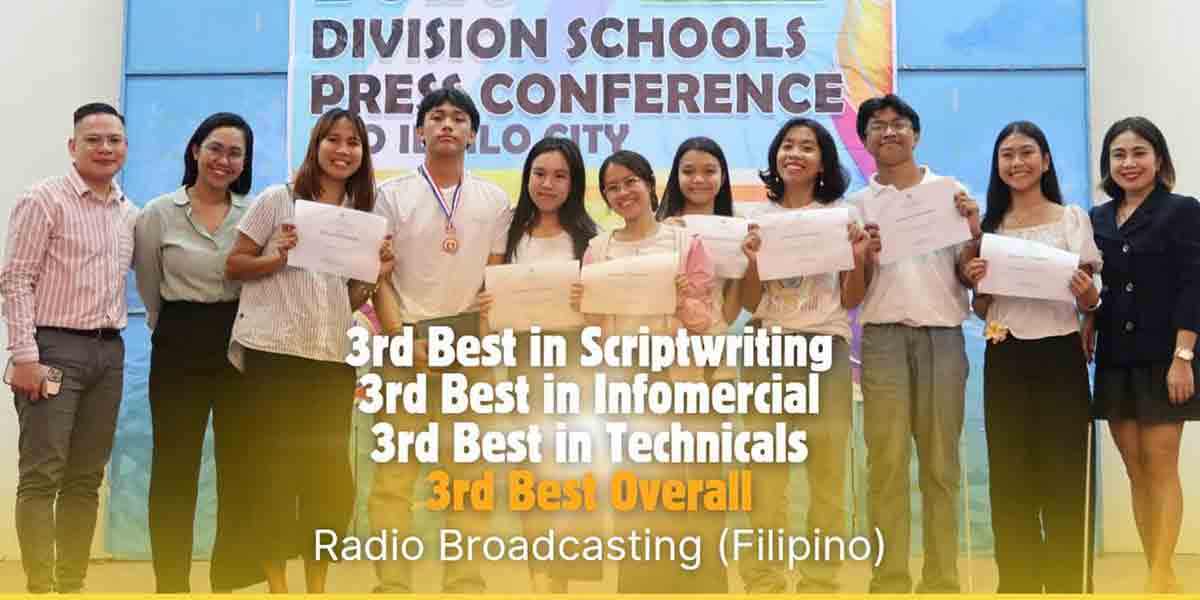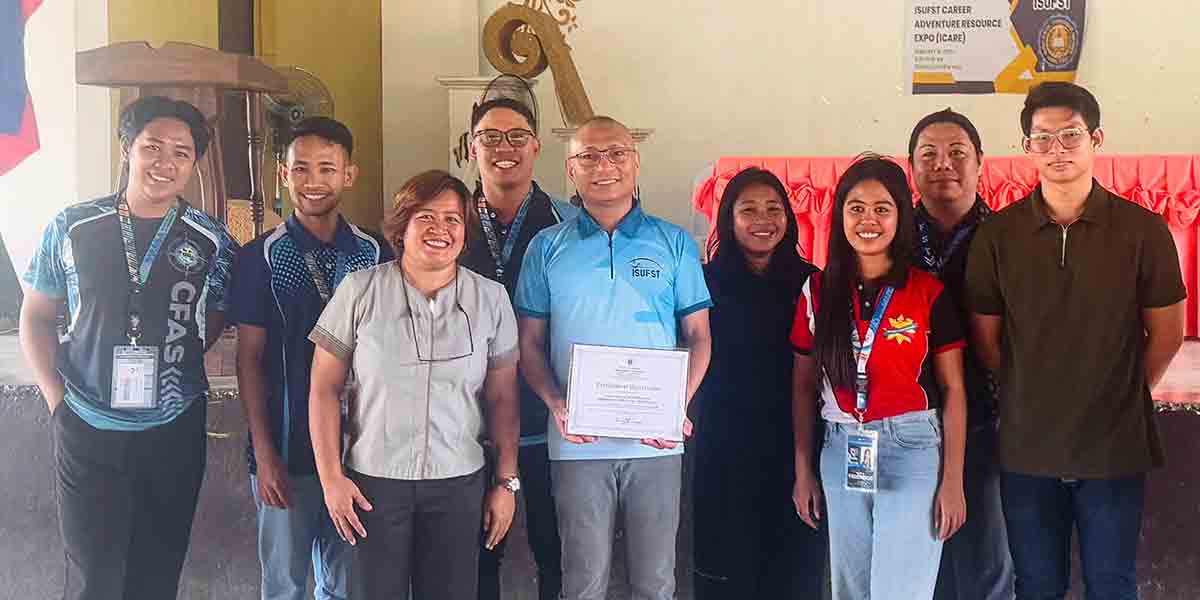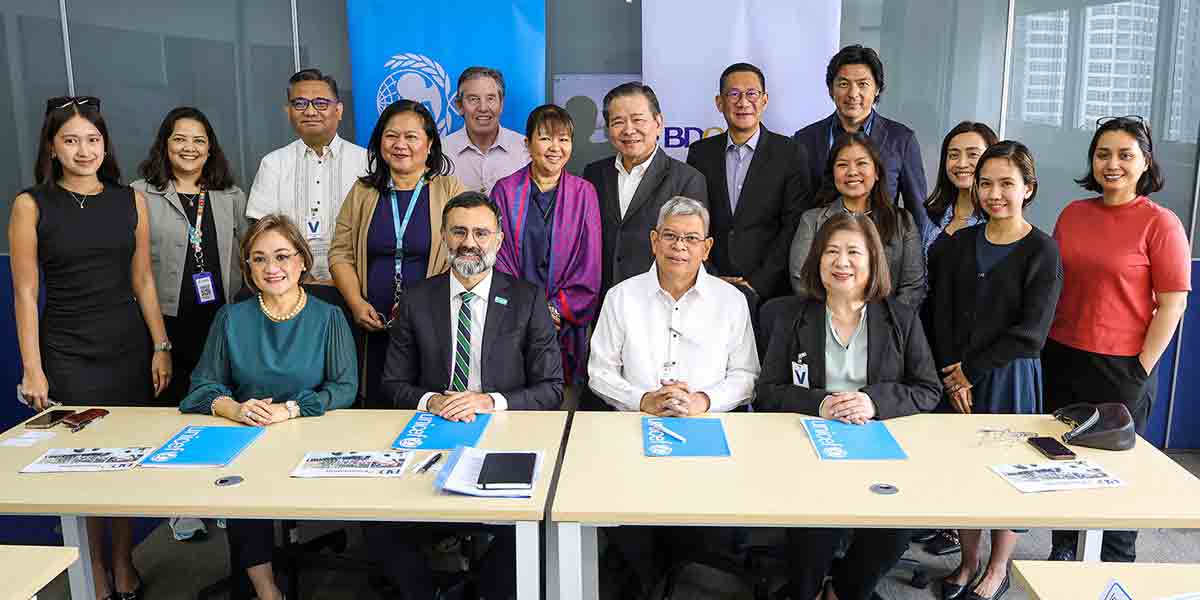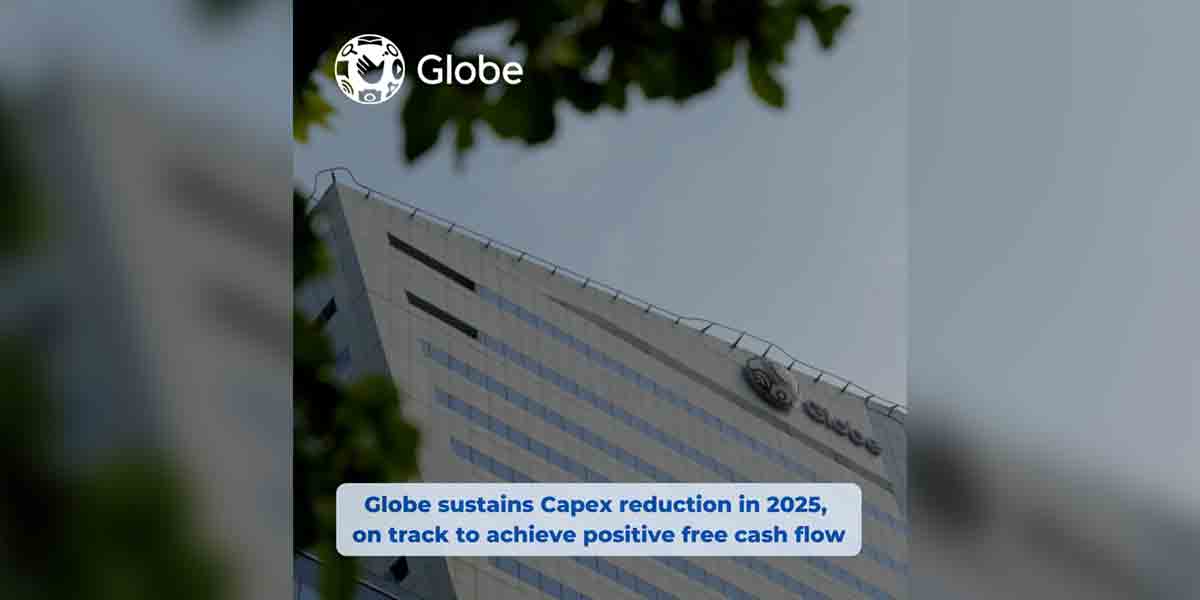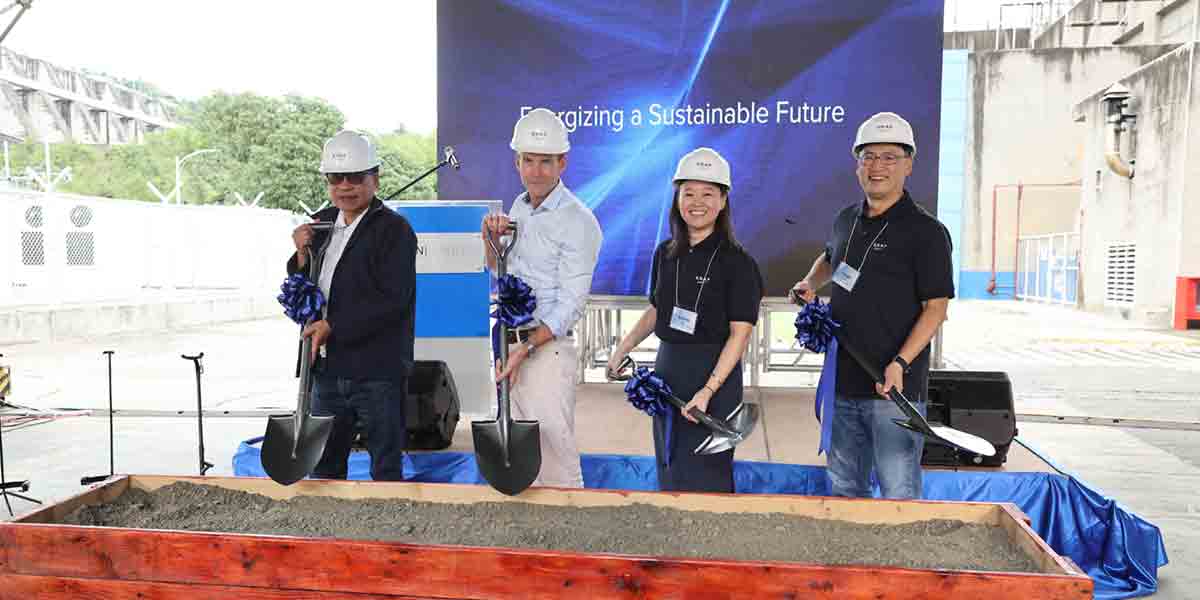The Department of Energy (DOE) is finalizing a USD 250 million Geothermal Resource De-risking Facility (GRDF) to help power producers mitigate financial risks associated with geothermal exploration.
The initiative, aimed at cost-sharing during the high-risk pre-development phase, is part of the government’s broader push to expand renewable energy production in the Philippines.
In an interview with Inquirer at the 5th Philippines International Geothermal Conference in Makati, Mylene Capongcol, director of the DOE’s Renewable Energy Management Bureau, confirmed that the GRDF’s framework has been finalized.
“We are now looking for a financial partner to manage the facility and have already started talks with the International Monetary Fund (IMF), as well as local institutions such as Land Bank of the Philippines, Development Bank of the Philippines, and the Department of Finance,” Capongcol said.
Reducing Exploration Risks
Geothermal exploration is known for its high upfront costs and significant financial risks, particularly during the drilling phase, which requires substantial investment without guaranteed success.
Under the GRDF, eligible developers will be entitled to up to 50% of the cost-sharing arrangement for their initial exploration and drilling activities.
“Exploration is the most risky part of geothermal development, requiring significant capital outlay before confirming a viable resource,” Capongcol explained. The GRDF seeks to alleviate these risks, enabling more firms to participate in geothermal projects.
Energy Development Corporation (EDC), one of the country’s largest geothermal energy producers, welcomed the government’s initiative.
Marvin Bailon, EDC’s vice president and head of Business Development, outlined the typical costs for initial drilling: “Firms usually allocate between PHP 1.5 billion to PHP 2 billion for drilling just two wells. This is in addition to the surface studies and 3D seismic surveys required to locate geothermal resources.”
Bailon emphasized that government support could substantially boost the industry. “If the government could subsidize the cost of one or two wells, it would be a big help. After overcoming the front-end investment, the process becomes much easier,” he said.
Potential Financial Backers
In addition to local banks and financial institutions, the DOE has also engaged in discussions with the Asian Development Bank (ADB) to explore possible funding partnerships. “The DOE is collaborating with the ADB to determine which institutions could fund the facility,” Capongcol noted.
The DOE’s plan to de-risk geothermal exploration comes as part of the government’s efforts to increase the share of renewable energy in the national energy mix. Geothermal energy is seen as a reliable and sustainable energy source that could help reduce the country’s dependence on imported fossil fuels.
GRDF Cost Recovery
The GRDF is designed not only to reduce financial barriers but also to be financially sustainable. The DOE proposes recovering costs through several mechanisms, including interest on loans provided to developers, royalties once geothermal projects become operational, and potential equity stakes in successful projects.
The funding initiative aligns with the Philippines’ long-term renewable energy goals. The government has committed to increasing the share of renewables in the energy mix to 35% by 2030 and 50% by 2040, with geothermal energy playing a key role in this transition.
By reducing the risks associated with exploration, the GRDF is expected to encourage more companies to invest in geothermal projects, which could lead to a more diversified and resilient energy sector. (With a report from Inquirer)


